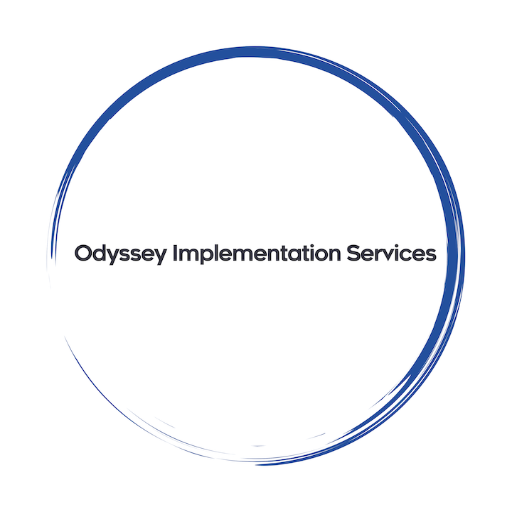In the competitive landscape of sales, setting and managing prices effectively is crucial for maximizing revenue and maintaining competitiveness. Salesforce Sales Cloud offers a robust solution for creating and managing price books, enabling organizations to streamline pricing strategies and ensure consistency across sales channels. In this guide, we’ll walk through the process of creating a price book in Salesforce Sales Cloud, empowering organizations to optimize pricing and drive sales success.
Understanding Price Books in Salesforce In Salesforce, a price book is a collection of products and their associated prices that sales representatives can use to generate quotes, proposals, and sales orders for customers. Price books allow organizations to define pricing rules, discounts, and price tiers for different customer segments, product categories, or sales channels.
Step-by-Step Guide to Creating a Price Book
- Navigate to Products and Price Books: In Salesforce Setup, go to the Products and Price Books section under the Object Manager. Create a new price book record by clicking on “New Price Book” and providing relevant details such as name, description, and currency.
- Add Products: Once the price book is created, add products to the price book by clicking on “Add Product” or “Add Product to Price Book.” Search for and select the products you want to include in the price book. Specify the unit price, list price, and any applicable discounts or pricing rules for each product.
- Manage Price Entries: Manage price entries for each product to define different pricing tiers, discounts, or currency conversions based on customer segments, quantity breaks, or other criteria. Add new price entries or edit existing ones to reflect changes in pricing strategy or market conditions.
- Activate the Price Book: Once all products and pricing details are added, activate the price book to make it available for use by sales representatives when creating quotes, orders, or opportunities. Set the activation date and any applicable end dates for the price book to control its availability over time.
- Assign Price Books to Users or Profiles: Assign the newly created price book to specific users, roles, profiles, or territories to ensure that sales representatives have access to the correct pricing information when quoting or negotiating with customers. Configure sharing settings to control access to price books based on organizational hierarchy or business rules.
- Test and Validate: Before deploying the price book for use in production, thoroughly test its functionality and accuracy by creating test quotes, orders, or opportunities using the price book. Validate that pricing calculations, discounts, and pricing rules are applied correctly and align with the organization’s pricing strategy.
Benefits of Using Price Books in Salesforce
- Consistency and Accuracy: Ensure consistency and accuracy in pricing across sales channels and customer segments by centralizing pricing information in price books.
- Efficiency and Productivity: Streamline the quoting and order management process for sales representatives by providing access to predefined pricing information and discounts.
- Flexibility and Customization: Tailor pricing rules, discounts, and pricing tiers to meet the specific needs of different customer segments, product categories, or sales regions.
- Visibility and Insights: Gain insights into pricing trends, product performance, and sales profitability through reporting and analytics tools in Salesforce. Monitor price book usage, discount levels, and deal margins to optimize pricing strategies and maximize revenue.
- Compliance and Governance: Ensure compliance with pricing policies, regulatory requirements, and contractual obligations by enforcing pricing rules and approvals through price books in Salesforce.
By following this step-by-step guide and leveraging price books in Salesforce Sales Cloud, organizations can streamline pricing processes, improve sales efficiency, and drive profitability. Whether it’s setting standard pricing for products or negotiating custom discounts for key accounts, price books empower sales teams with the tools they need to succeed in today’s competitive marketplace.
